15 questions for... BON | "The ideas just come, then it’s about working out how to translate them into sounds"
The London-based production duo's latest record sets sail into a blissful ambient ocean. Bon voyage...
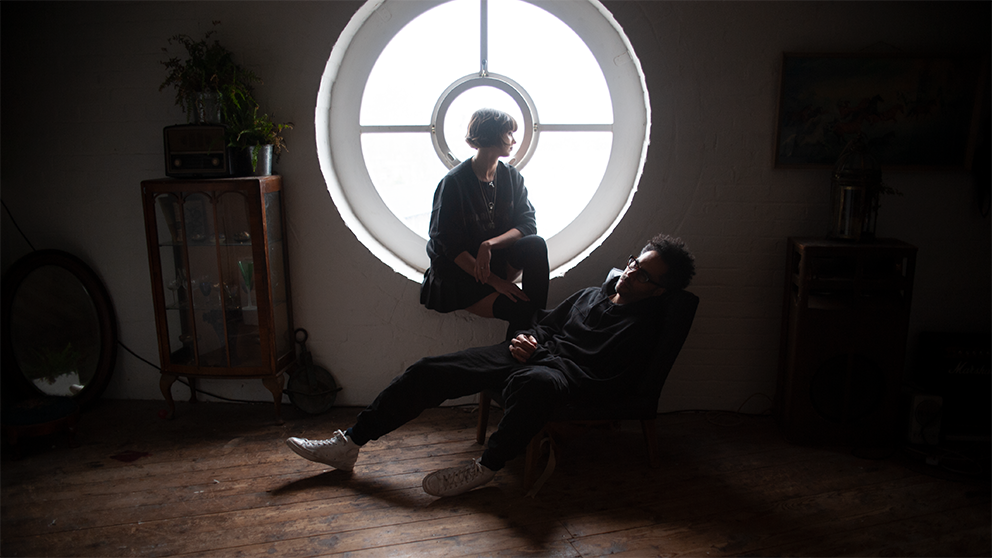
BON are Yerosha Windrich and Alex Morris, a creative partnership and production duo known for working with projects on Warp Records, Hyperdub and 4AD.
Though they first made a name for themselves in 2018 with the release of the mixtape 33:33, Alex and Yerosha have since worked with a cadre of experimental artists operating at the intersection between electronic music, hip-hop and grime, including Gaika, Mykki Blanco and Kojey Radical.
Evidently natural collaborators, they've enlisted the talents of some equally visionary producers and instrumentalists (Laraaji, Lucinda Chua, Maxwell Sterling) for their latest record, which takes a stylistic turn towards ambient, new age and modern classical.
Due out September 10th, Pantheon is a visual album that's described by BON as a "ritual to the goddesses" - each of the record's 16 tracks is named after a goddess, celebrating and embodying these archetypes in sound through their own sonic pantheon. The music itself is abstract and atmospheric, a drifting, blissful soundworld that recalls the luxuriant tones of Brian Eno's LUX.
We spoke with Alex and Yerosha as they prepare for the release of their debut album, getting an insight into the techniques, equipment and creative philosophies that underpin their artistic partnership.
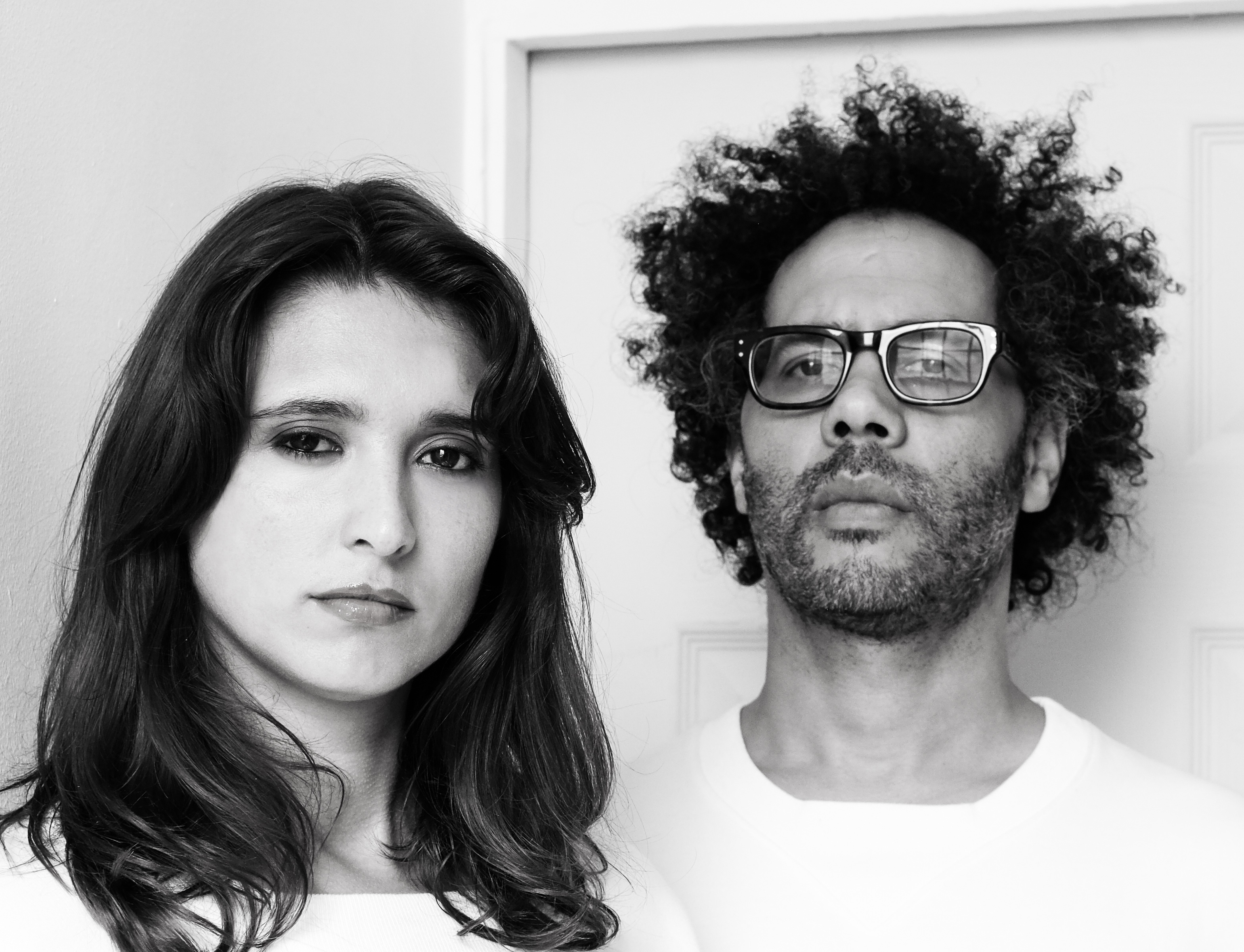
1. Tell us how you got into music production in the first place?
AM: "I loved the idea of recording things and seeing how you could alter and manipulate them with machines and computers. I started in the bedroom with a ThinkPad and an Akai making techno and electronic music and playing the music I made with friends and the music they made.
Get the MusicRadar Newsletter
Want all the hottest music and gear news, reviews, deals, features and more, direct to your inbox? Sign up here.
"It was a great way to understand how things worked, also a great way to feel the heat in front of your peers. If you made fire - great, everyone would let you know. If you made a dud - everyone would let you know that too. Everything was done in good faith so it was very handy."
Your music should ‘know what it is’ and be authentic in and of itself
YW: "I grew up around music, it was always a big part of my childhood. It was very eclectic from classical music, film scores, pop, hip hop and R&B, ambient, drum and bass, disco…we even had a family home studio which was just amazing - big thanks and shout out to my parents! Me and my sister have both gone in to audio.
"She’s super techy so would often help me out when tech was giving me grief. From there I attended all the courses I could, Garnish School of Sound was a great experience. Also, The Roundhouse in Camden which provides incredible opportunities for young people in the arts. It was actually through a friend I met at the Roundhouse that I met and began working with Alex and BON was formed."
2. When did you start to feel you were getting somewhere?
YW: "Apparently Prince said something about success being the moment you actually finish something in the studio, which I’ve always loved. You can write demos, ideas and drafts all day long, but I remember that moment a good few years back where it was just me finishing my music - that feeling of having true confidence in myself and abilities was amazing, and it’s that that you have to build and hold on to."
AM: "From a very young age I was fascinated by sounds that grabbed your attention or made you feel a particular way. Finding other people who had the same sentiment seemed to always forge a human connection and a kind of understanding.
"I think when I realised that you could use music and sound as a form of non-verbal communication I felt everything click. The ability to tell stories and to help people tell stories was very empowering."
3. What is your overall music and production philosophy?
AM: "Your music should ‘know what it is’ and be authentic in and of itself. If the goal is to connect on an emotional level, then you don’t want anything in the way of that. You also want what you’re working on to make sense contextually, with whatever that means to you."
YW: "I was obsessed with hip-hop dancing in my teens. As you choreograph, you’re picking out drum patterns and trying to lock in to it and emphasize the sounds with movement. So I love detail and intricacy, and it’s actually quite complementary to classical music which I was also very into - where melodies, riffs and instrumentation are very carefully selected and placed with intention.
"The more me and Alex worked together the more we came up with ways of alluding to melodies and patterns, bringing the subtlety and painting with textures rather than a full melody line with one instrument."
"There are so many incredible plugins, effects and techniques you can use to do that these days. We change it up though, and it’s mainly about the intention of the music, nailing and reflecting that."
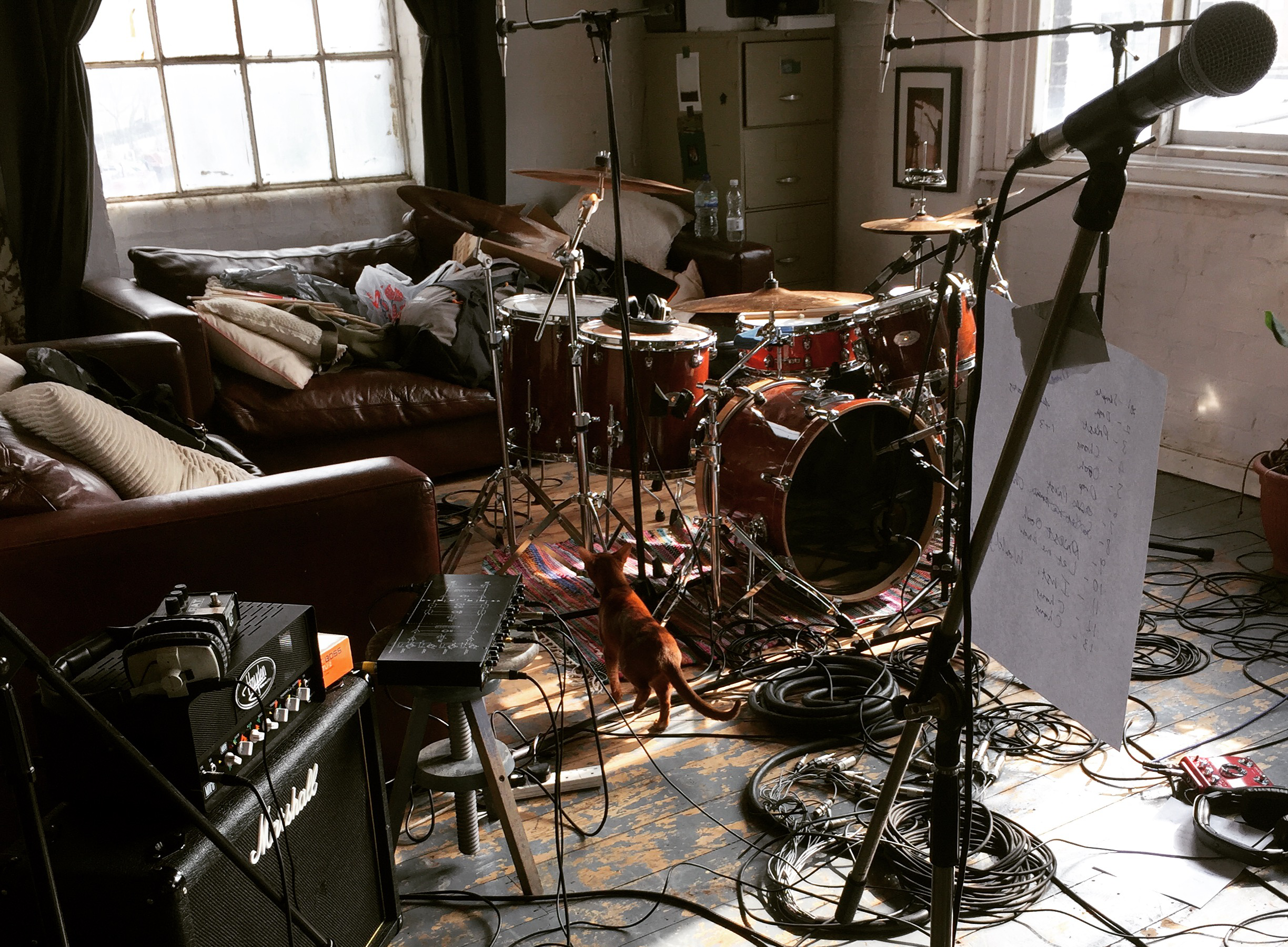
4. Tell us about the gear in your recording studio.
YW: "We’re blown away by the FOCAL 11be speakers - the sound is just incredible, and it’s so important to get the vibe right for inspiration and mixing. We tend to subvert and manipulate sounds and a big starting point is Native Instruments. They’ve really nailed [Kontakt] VI and their user interface is pretty smooth."
AM: "We recently had a little upgrade. We got ourselves a 16-core Mac Pro with 192GB of ram that just flies - very happy with that. The FOCAL 11be speakers are very good. They immediately gave us the urge to mix everything again. Extremely accurate and easy to listen to over long sessions."
I feel it’s like pottery, or woodcraft. I chisel away bit by bit, creating 4/8 bars at a time before moving on to the next
"Outboard-wise we have lots of analogue kit which we sum through our Thermionic Culture Fat Bustard MkII. The harmonic distortion valve circuit is magic. We actually modded it with some valves my Dad had kicking around, some of which are from the original Tesla factory.
"We have the Empirical Labs FATSO which we tend to use for percussive and bass sounds. A couple of Calrec dual compressors we got at a BBC World Service auction are fabulous work horses - you can really squash stuff with them. We also have an SSL channel strip from an old SSL4000E which we use on recording and mixdown.
"These all get sent to our Universal Audio Apollo 16 and 8p interfaces - again fantastic workhorses with world class plugins. We have various analogue synths, a Juno 106, Moog Voyager (which has been on lots of records), Dave Smith Tempest, which is a very creative machine, an old XBase 09 and our current favourite the Modal 002, which is an absolute monster.
"Recording-wise we’ve tended to go for Earthworks and Telefunken mics for their accuracy and character. We track through the Crane Song, the Realios or the Manley Core."
5. What are your favourite plugins?
AM: "I love Soothe 2 by Oeksound. It saves so much time in the mix. Very handy, fire and forget. The EMT 250 by Universal Audio - such a versatile reverb, it's on a bus in every session. FabFilter EQ and Desser are again super handy, accurate and fast, you can just stay in the flow. Also love the Native Instruments suite, some great stuff in there - the guitar stuff is very creative."
YW: "Soundshifter Pitch by Waves is probably used in every track. Soundtoys are very creative with their products, you can really go on a journey."
6. How do you tend to start a track?
YW: "I feel it’s like pottery, or woodcraft. I chisel away bit by bit, creating 4/8 bars at a time before moving on to the next and building on that. I like experimenting and exploring. I call it "letting the universe in", that delicate balance of curation vs creation. Sometimes you need to let go and see where it takes you."
AM: "For me, not in the studio. The idea comes going from a walk, or first thing in the morning in bed. The ideas just come, then it’s about working out how to translate them into sounds."
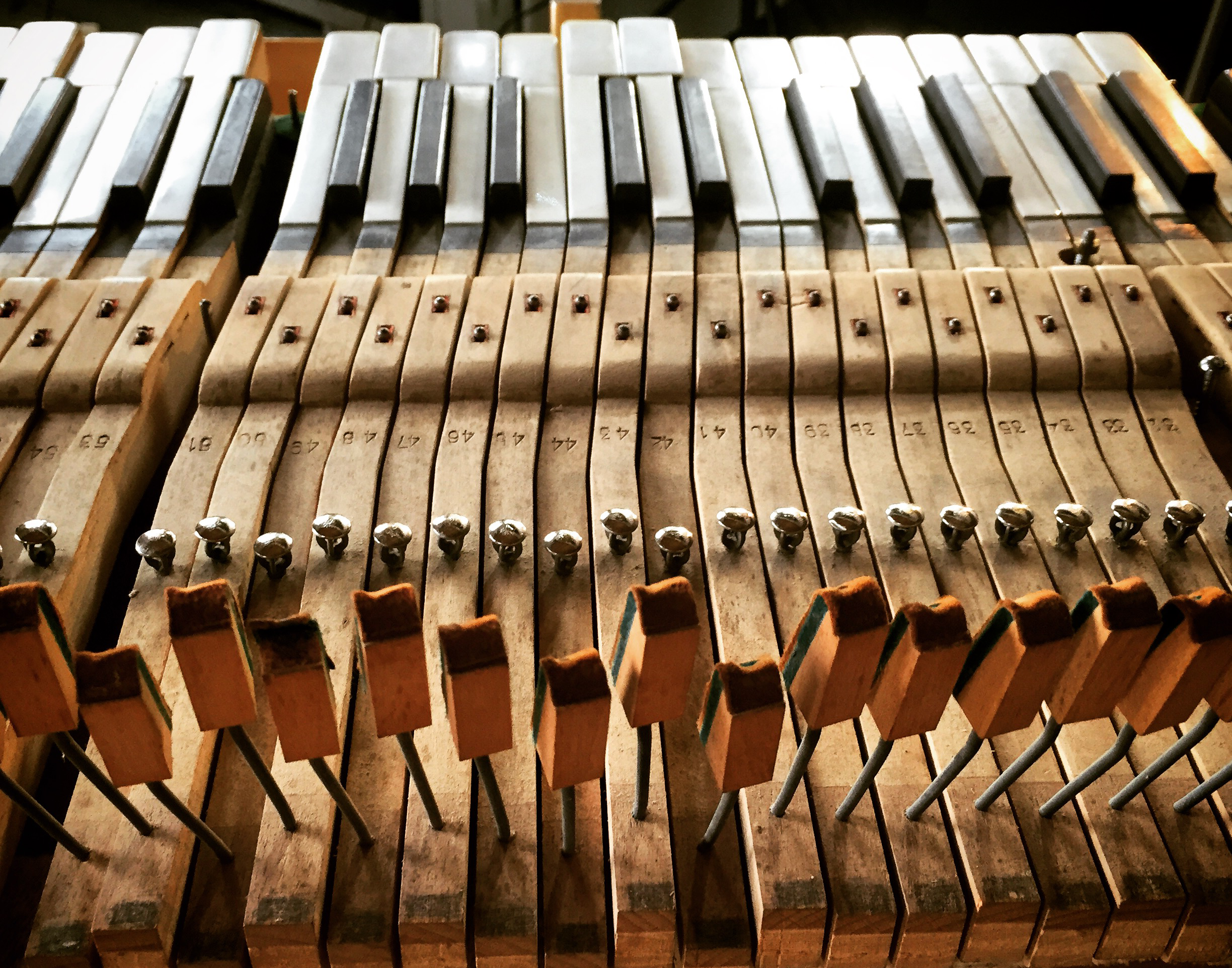
7. How do you know when a track's done?
AM: "When it’s undeniable in itself. It’s about knowing what you’re making. Each track has its own life and existence, knowing what role it has within its context is how you can tell."
YW: "I think that’s the bit that makes the partnership work - we both know when it’s done, so there’s none of that "go back and tinker some more" or lose faith, which is a tricky part of collaborating. We love a box-off but we still do tuck right in and keep going till it’s the best it can possibly be."
8. How does your collaborative process work as a duo?
YW: "We really complement each other in how we work. I think Alex is a bit more of a throw -down maximalist, choosing a palette before starting. Whereas I am more of a new-school bedroom producer, where you’re more likely to craft specific 4/8 bars with each sound/instrument and develop from there. I can get stuck on too much detail though, and he can jump in and develop. I very much enjoy diving into his throw-down, it’s like a treasure chest."
AM: "Its a tag team affair! We both start ideas, then the other will jump in and elaborate on what the other has done. We always let each other breathe and give space for the ideas to grow and develop. It feels effortless once we start flowing. I think we’re very lucky in that respect."
9. Who were your primary influences for 'Pantheon', musical or non-musical?
AM: "We’d spent a lot of time looking for music that didn’t impose itself something that we felt people could use to soundtrack their experience rather than a song or a beat/track.
"We were also inspired by our collaborators who brought their energy and take on the music. Musically we were listening to a lot of Hiroshi Yoshimura, Pauline Anne Strom, Laraaji and Iasos during lockdown."
Choose sounds you don’t understand or gravitate towards and try and make them into something you like
YW: "Lucina, on the album, is a highlight for me, as I love Debussy and it sits in that style - it is said that an artist is always just trying to recreate their favourite track!
"Again, I will always and forever be influenced by DJ Shadow’s Endtroducing, especially his track "Stem/Long Stem." It’s just heaven. We were listening to a lot of artists from the Environmental music scene in the '80s, such as Hiroshi Yoshimura, as well as more current artists like William Basinski, Julia Gjertsen and of course Laraaji."
10. What led you to create a full-album visual accompaniment for ‘Pantheon’?
AM: "It was about creating a full experience for the music to be alongside. Something you could enjoy the experience of, or just have a mood on in the background. The whole film is very slow, deliberate, and mindful, to inspire a particular pace and measure."
YW: "Ambient and modern classical are, by their very nature, there to provide an atmosphere rather than be the main event, and we wanted to just give it its moment. Having something to watch whilst you listen really focuses it and gives you the true experience. We wanted the record to be a relaxing break, where you can sit and chill and just let your senses be taken up by its mood.
"We teamed up with our wonderful friends Gav and Zoe at Infinite Film and decked out our studio for the occasion. Bringing a bit of grounding and nature back in to everyone’s lives is important. The music is quite fragile, intricate and ambiguous so the abstract nature of how the visuals are edited and put together reflected that."
11. What's on your gear shopping list?
YW: "I’m a true millennial, austerity is baked in! [laughs] I actually thrive and enjoy the challenge of having limits. So I’m a work-with-what-you-got kinda girl. Over to you Alex."
AM: "I always have a shopping list! I’m always looking for ways to go from the real world to digital, microphone pre-amps, channel strips and microphones. I’ve had my eye on some more Earthworks mics. We currently have the drum mic kit which is wonderful. Some Royer ribbon mics would be nice too."
"Also, some Chandler stuff would make a great addition to what we have. Instruments are something else I’d love to start collecting more of, I would love a pedal harp. I’ve been mildly obsessed with the Chase Bliss pedals and The Blooper."
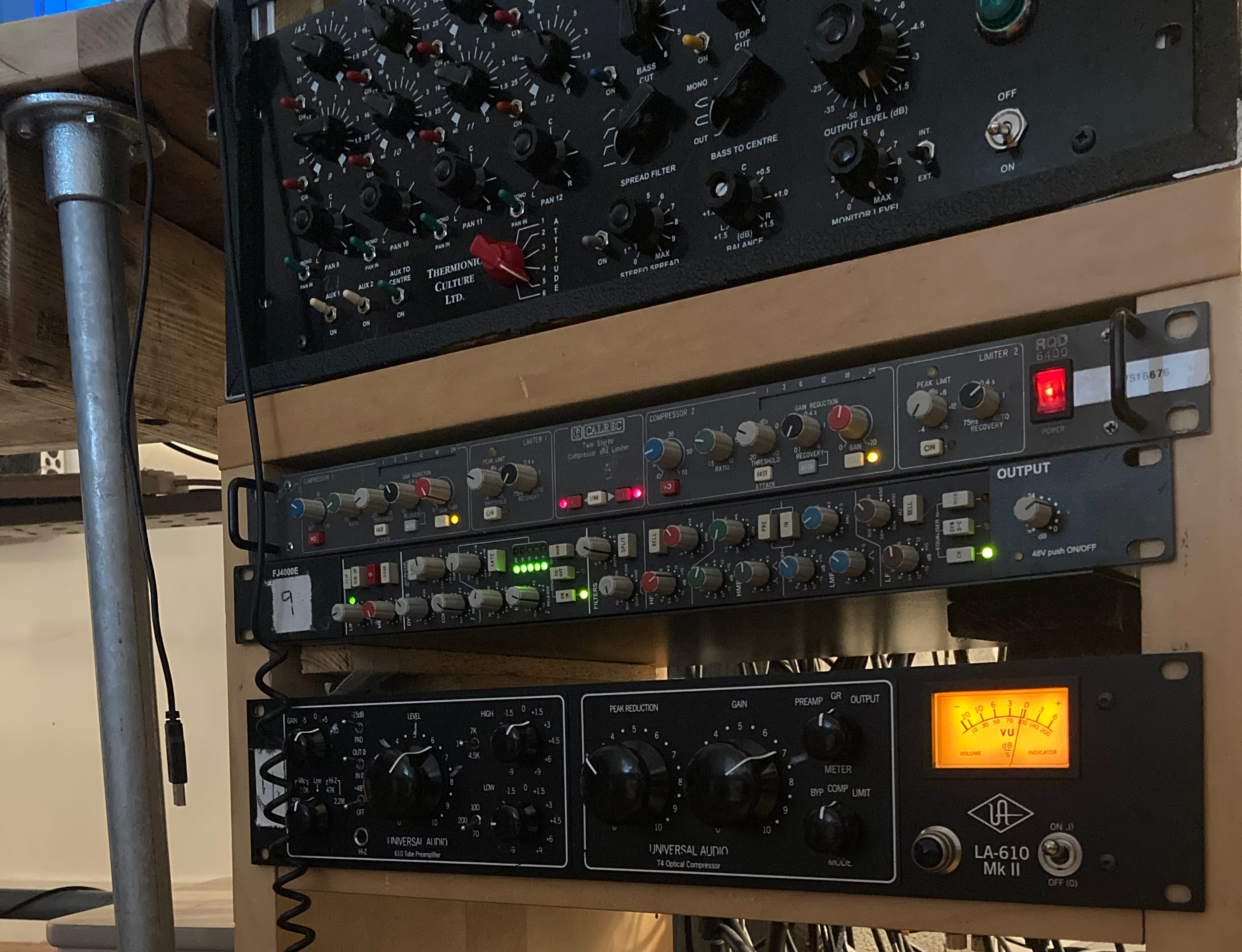
12. What studio tech would you like to see being developed?
YW: I love what Imogen Heap did with her gloves. Finding new ways to perform live and make it a performance, rather than sitting behind a desk and laptop would be great. More instruments having sampler capacities and multifunctions, basically."
AM: "I’m with Yerosha on that 100%, innovative ways to perform and to engage with audiences, especially if it can be incorporated with visuals. We went to an exhibit in 2019 by Team Lab. The way in which they work with sound and visuals is really innovative. The work of Daito Manabe is also very inspiring."
13. Any advice for those looking to start making their own music?
YW: "Invest in sounds. I didn’t coming up and I think it stunted what I could do. Choose sounds you don’t understand or gravitate towards and try and make them into something you like. Free yourself from what ’success’ looks like, don’t just copy the charts - though it is good practice to understand how a song is put together."
AM: "Be authentic. Collaborations with friends and other people will teach you a lot. Learn your tool very well."
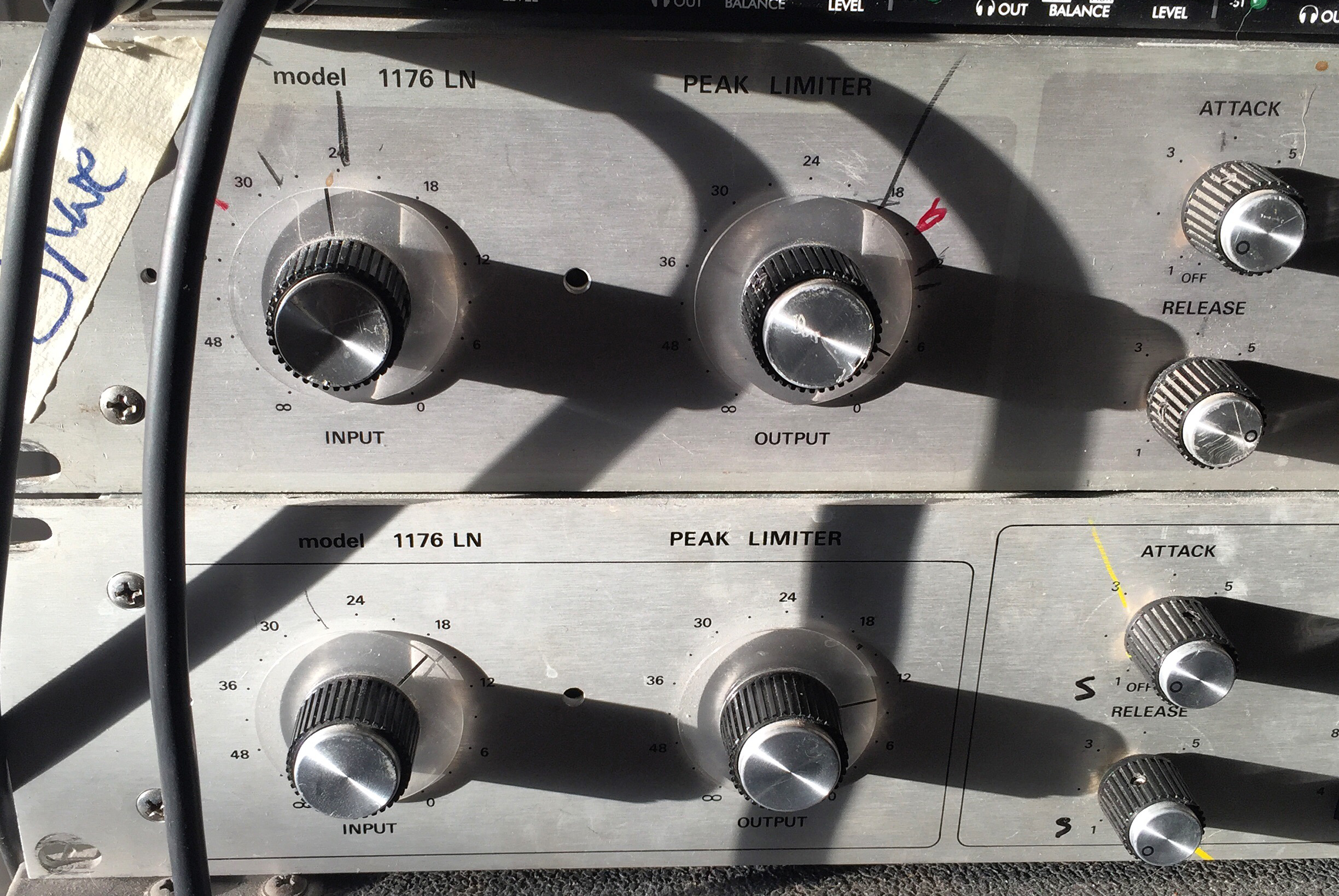
14. What have you picked up from being in the industry that you can pass on?
AM: "That music is a community and a conversation. If you’re authentic, your work is good and the right people hear it - it should do a lot of the talking for you."
YW: "The music is a joy, the politics is a nightmare. Patience and attitude is everything."
15. What other projects do you have coming up?
YW: "We’re so excited about the artist Tsunaina. We’ve been working on her debut EP out later this year and it’s just the most perfect project. She’s unbelievably talented and has such vision and courage to be true to herself, which is very rare. We’re also working on BON’s next project which will be a big 180, a different mood entirely to Pantheon. Which is great, it's all about variety."
AM: "I couldn’t say this better than Yerosha."
Pantheon is scheduled for release on September 10th via their own label, Spatial Awareness.



I'm MusicRadar's Tech Editor, working across everything from product news and gear-focused features to artist interviews and tech tutorials. I love electronic music and I'm perpetually fascinated by the tools we use to make it. When I'm not behind my laptop keyboard, you'll probably find me behind a MIDI keyboard, carefully crafting the beginnings of another project that I'll ultimately abandon to the creative graveyard that is my overstuffed hard drive.
"I said, “What’s that?” and they said, “It’s what Quincy Jones and Bruce Swedien use on all the Michael Jackson records": Steve Levine reminisces on 50 years in the industry and where it’s heading next
“I used everything I knew about music”: How Green Day exceeded expectations with their most ambitious song









